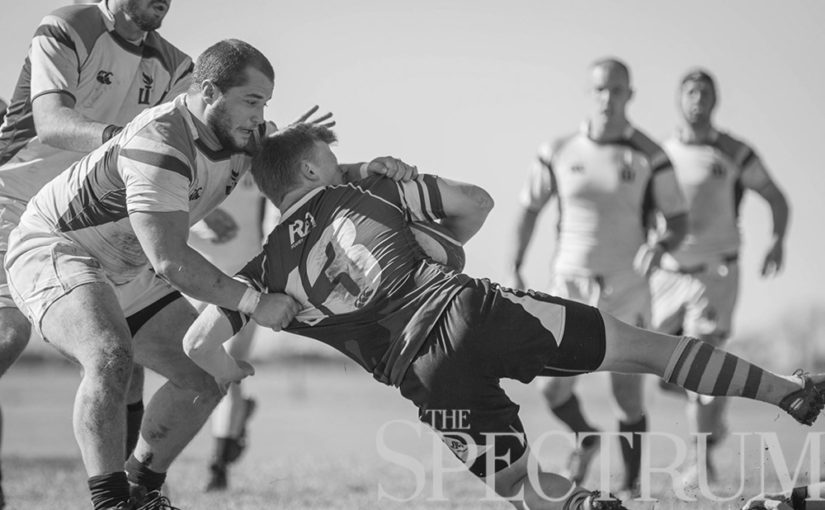There is no doubt — concussions are the most well-known injuries that happens in sports.
They always seem to be in the news, as the debate of a link of long term brain damage rages on. For North Dakota State athletes, they are in good hands when a concussion does in fact occur.
When a player is suspected of having a concussion, they are checked out by one of the athletic trainers. The symptoms can’t always be seen, as assistant athletic trainer for football Bobby Knodel pointed out.
“Once they talk to you, you can notice some more things, like their eyes and what they are saying,” Knodel said.
Once the concussion is diagnosed, the player is taken out of the game for preventative measures and the road to recovery begins.
Before the start of the season, each player takes baseline ImPACT and balance tests.
ImPACT stands for Immediate Post-Concussion Assessment and Cognitive Testing. The test measures student athletes’ memory, processing speed and reaction time. Balance tests are just that – where the athlete’s balanced is measured.
As the recovery process continues, the player is kept out of physical activities. The greatest healing power for the brain is simply recovery. Rest is recommended, and physically demanding activities should be avoided, from sports to even riding high speed roller coasters says the Centers for Disease Control and Prevention.
For student athletes, rest may also shift over to the classroom as well.
Knodel said that “The biggest thing is that they stay away from physical activity, and sometimes they will have to stay away from mental activities too.”
Schoolwork falls under this category, as do activities such as playing video games and using a computer, as stated in a list compiled by the Mayo Clinic.
While rest is the best healer, competitive athletes still look to get back to play as quick as they can. Knodel said that of the football players who get concussions, of which he said there is an average of six to eight a year, “Most of the guys want to get back as soon as they can.”
Knodel said that he has to remind most of the student athletes that it is in their best interest to let the recovery take its time.
Only once the symptoms have cleared and test scores are back or above baseline are players allowed to get back into activities. The physical loads are increased as the student athletes conditions are improved. As for the time table for recovery, Knodel said that there is not a specific time frame for concussions on a whole.
Back when concussions were graded, he said “a player with a grade three concussion (most severe) could recover faster than someone with a grade one (least severe).”
While there is no way to completely avoid getting a concussion, the recovery process is relatively simple, if not long for an athlete who is ready to compete. The best thing to do is get rest and wait, and once all has been healed, get back to work.
